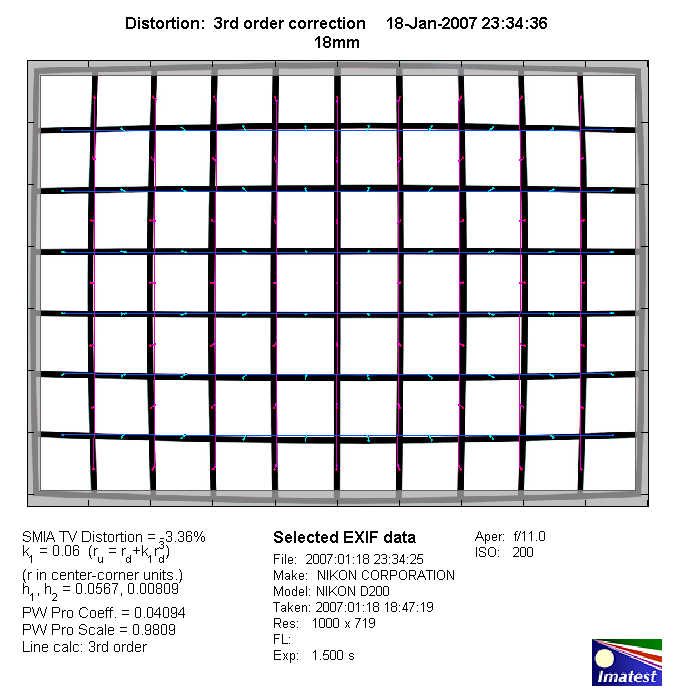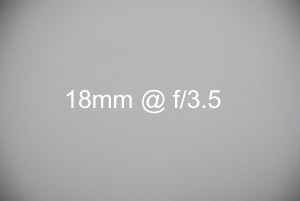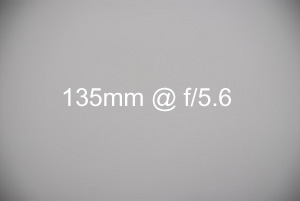|
Nikkor AF-S 18-135mm f/3.5-5.6 G IF-ED DX - Review / Test Report - Analysis |
|
Lens Reviews -
Nikon / Nikkor (APS-C)
|
|
Page 2 of 3
Distortion
One of the primary drawbacks of extreme range zoom lenses is the very pronounced level of distortion
and the AF-S 18-135mm DX is no exception. At 18mm the lens suffers from quite hefty barrel
distortion (3.3%) changing to strong pincushion distortion at 35mm. The situation eases at bit
at 70mm and 135mm.
|
Move the mouse cursor over the focal length text marks below to observe the respective distortion
|
| 18mm |
35mm |
70mm |
135mm |
|

|
The chart above has a real-world size of about 120x80cm.
Vignetting
The AF-S 18-135mm DX is a reduced image frame (APS-C) lens so vignetting is
typically more pronounced compared to full frame lenses. As so often it is
worst at 18mm @ f/3.5 where vignetting exceeds 1.5EV in the image corners so
stopping down to at least f/5.6 is a good idea here. Unfortunately the problem
is also very present at 135mm with an amount of 1.3EV.

Here´re two sample shots taken at wide-open
aperture at 18mm and 135mm:
 
You may notice that most of the "action" happens in the extreme-most corners.
MTF (resolution)
The resolution figures of the AF-S 18-135mm DX were quite a positive surprise.
The center resolution of the lens is stunning with some of the highest LW/PH
values tested to date on the D200. At 18mm and to a lesser degree at 35mm the
border resolution can´t quite keep up to the quality of the center but the
lens is still capable to reach good to very good results here. At 70mm and
135mm the lens is even able to produce an excellent resolution across the
frame. All-in-all very impressive for a consumer grade zoom.
Typical for most Nikkors the lens suffers a bit from residual spherical aberrations
(focus shift when stopping down) at the wide-end of the zoom range.
Please note that the MTF results are not directly comparable across the different systems!
Below is a simplified summary of the formal findings. The chart shows line widths per picture height (LW/PH) which can be taken as a measure for sharpness.
If you want to know more about the MTF50 figures you may check out the corresponding Imatest Explanations
Chromatic Aberrations (CAs)
The amount of lateral chromatic aberrations (color shadows at harsh contrast transitions) is
moderate with an average CA pixel width peaking around 1px at 18mm and 135mm.
However, a few of the field shots
taken un extreme contrast situations obviously suffered from purple fringing which intensified
the effect of the lateral CAs to a disturbing degree.

|